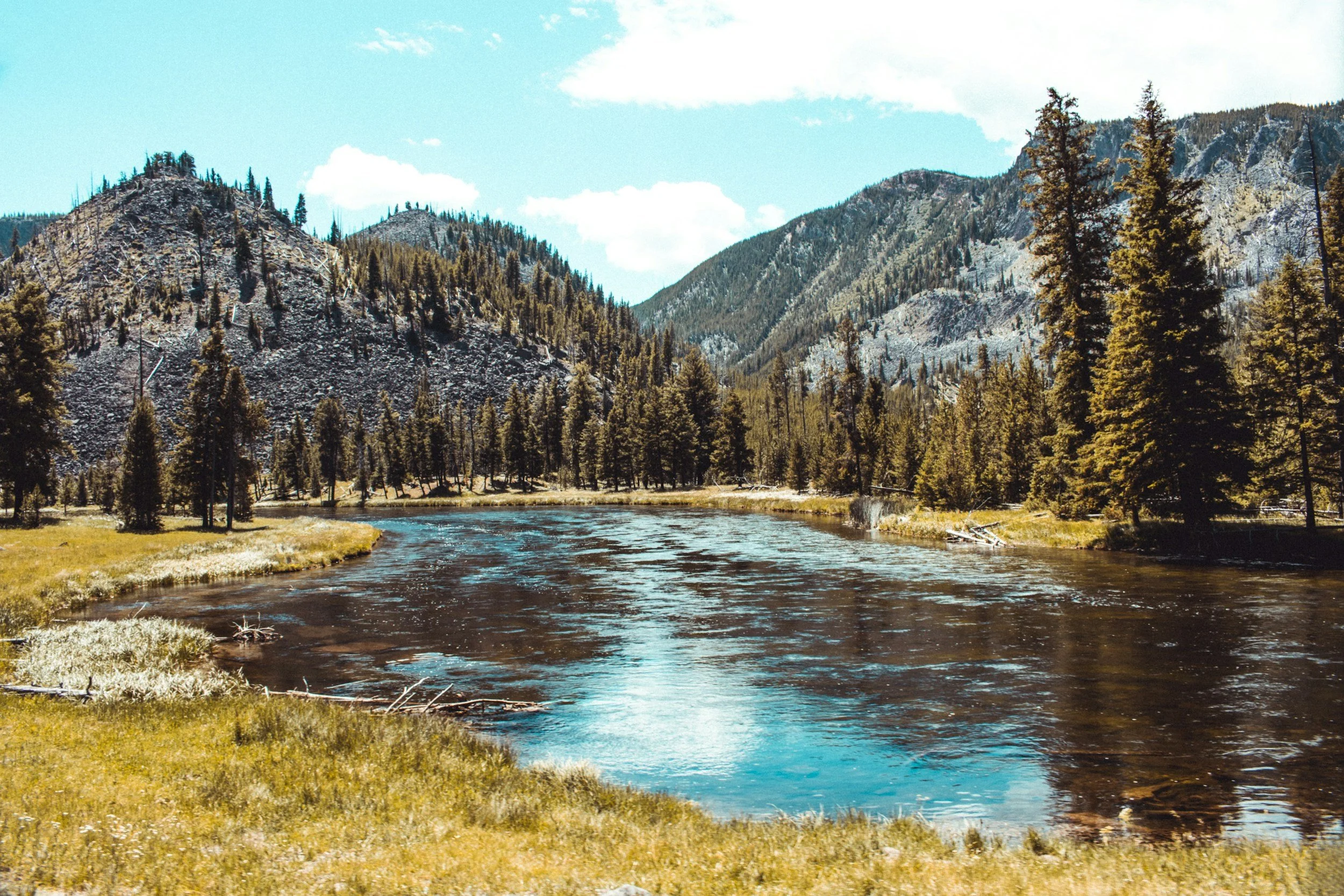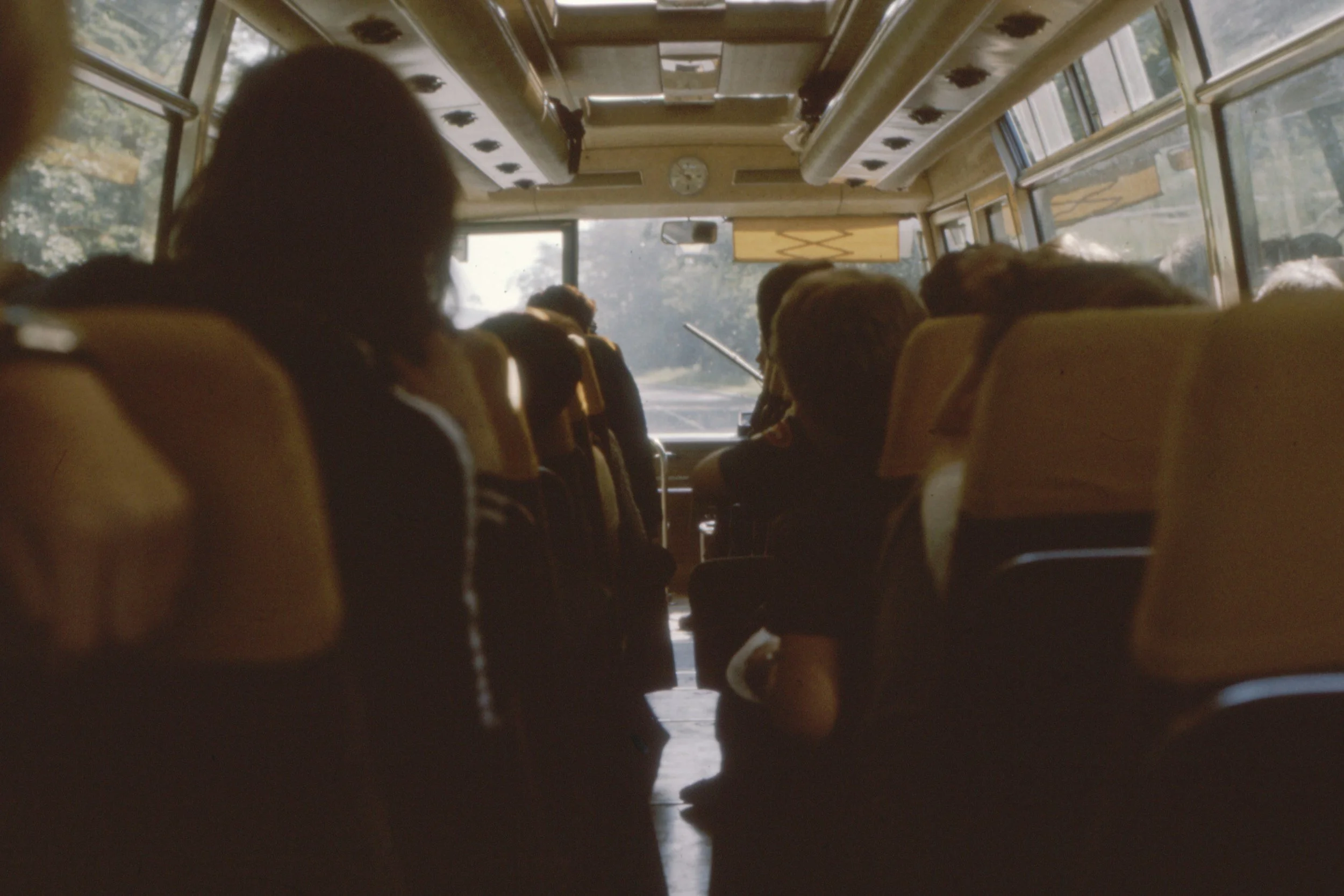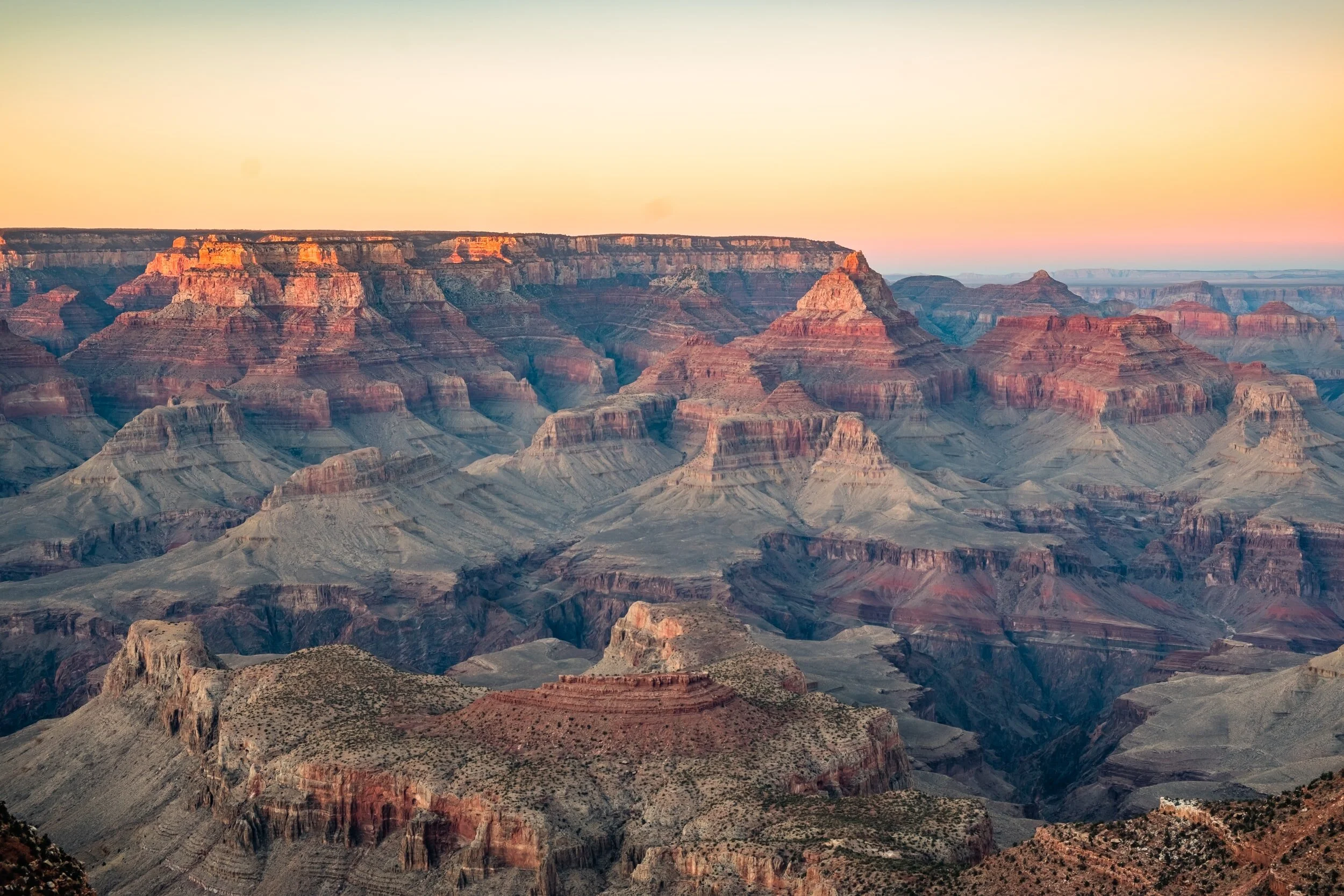Beyond the Lines
On a cold February morning, driving solo through dense fog on a narrow potholed road from Amritsar, Panjab (the land of five rivers) in North India to a recently not-so-quiet hamlet of Dera Baba Nanak, umpteen thoughts clouded my mind.
The first Sikh guru - Guru Nanak, the true wayfarer - would have walked this path five centuries ago, enjoying the verdant wheat fields sans the phatt-phatt of the water pumps every few miles. With a bit more grit, I could have walked this distance of fifty-eight kilometers in a span of two or three days, absorbing the lush green surroundings at a slow pace. Driving through low visibility, due to thick fog, with a lone yellow school bus passing by during the entire journey, could have been avoided.
Guru Nanak, fondly called Baba Nanak, spent his last few years in Kartarpur in the early sixteenth century where he tilled land on the banks of Ravi growing vegetables and grains to serve at Langar, the community kitchen. To pay obeisance on his 550th birth anniversary, many Indian pilgrims have been visiting the Sikh shrine since November 2019 (until the pandemic struck), when the governments of India and Pakistan unanimously decided to open a cross-border walkway called Kartarpur corridor.
When India became independent from British colonialism in 1947, Panjab was divided into two by one hasty manmade line. This came at a price. India was brutally divided into two halves. This episode in the history of the Indian subcontinent came to be known as the “Partition” and led to the largest migration in human history.
I grew up listening to stories of the World Wars, and hardly heard any first hand stories of Partition. It was strange for me as a Punjabi. Every Punjabi I know has a brutal story of the Partition. I wondered why. Both sides of my family were not affected by the Partition, as we were from ‘East Panjab’.
A day prior to my trip to Kartarpur, I visited the Partition Museum in Amritsar—a profound experience in terms of its curated content like letters written by refugees and photographs showing the migration and camps as well as listening to harrowing stories shared by the survivors of the bloodbath of Partition. One such unforgettable exhibit at the Partition museum is the life-size replica of a train station and the blaring sound of the steam engine redy to depart.
This was my only chance to visit the other side of Panjab – a perk of being a Sikh for once! As the Punjabi saying goes, “Jine Lahore nai vekhya, O jamya-e-ni” (He who has not yet seen Lahore, has not been born!). Well, I would not be able to make it to Lahore on this occasion, but visiting Kartarpur sounded equally exciting.
Here I was, going to Kartarpur, gazing at two cast iron gates and concertina fence dividing my Panjab, and spotted this pretty white-browed wagtail on the painted line demarcating the Indo-Pakistan border. And I was reminded of apt words by author Colum McCann from his novel Zoli, based on a Romani woman:
“… and it strikes her, as she walks, that borders, like hatred, are exaggerated precisely because otherwise they would cease to exist altogether.”
Walking across the frontier was in itself an intense experience—a lump in my throat, thinking of thousands of families crisscrossing the border during the Partition with bare minimum to start lives in unknown terrain. West Panjab looked as splendid as the one eastwards – akin crop height and branching nature; Ravi flowing placidly; black drongos fluttering in the seamless skies; ants marching on a gustatory road, blissfully unaware of inanimate lines.
Welcoming smiles from lofty Pakistani Pathan soldiers was the least expected expression. The vastness of Kartarpur Gurudwara decked in milk-white marble and thoughtful architecture was mesmerizing. The sancta sanctorum was decked in lavish flame orange and turquoise blue upholstery. The Sikh hymns filled the air with calmness. The Sarovar (nectar pool) for the holy dip was no less than a swimming pool of a resort. Hot chapattis and dal along with Zarda (sweet rice) were being served at the Langar, the community kitchen, true to the traditions of Guru Nanak. The Gurudwara houses a museum that has a large collection of Gurbani verses written in Islamic calligraphy style. Language was not a barrier, as the interaction with the natives of Narowal district was in Punjabi, interlaced with Urdu and Farsi. The well-known Punjabi hospitality of a warm welcome, laughter and sharing food is eerily similar and still intact, despite seven decades of separation.
As dusk fell, it was time to return to Amritsar, India. While the birds flew westwards, I plodded eastwards.
-Loveleen Mann
Loveleen Mann is a lawyer and an Indian Army veteran. An alumna of Georgetown Law, Washington D.C., she enjoys solving crosswords, skydiving, visiting museums and exploring new cultures and places.













